W198 300SL
from Carburetors to Fuel Injection:
BRINGING the World's First SUpercar UP TO SPEED
It's hard to believe the W198 300SL debuted almost 70 years ago but even with it's numerous innovations and safety features, there was plenty to improve upon throughout its development.
Originally introduced with carburetors as the W194 racecar, fuel injection was introduced for the 1953 season and was used in the production vehicle, released in 1955, as well. Though complex and expensive, fuel injection provides better fuel economy, fewer emissions, and generally better performance, all important aspects of a high-performance sports car.
As fuel injection pumps continued to be improved upon their disadvantages lessened and they became the standard method of getting fuel to the engine over the decades.

Fuel Injection Pumps for the








Flow Testing Quantities of The Bosch R3





The PES6KL70/320 R3 seen here is a 6-plunger model which provided improved efficiency and allowed adjustments to individual plungers and, in effect, injectors. Its inline design and layout also carried over to later fuel injection pump development as seen in the W113 pumps from the 60s and 70s such as the R11, R18, and R20 series.
This pump is an example of a pneumatic governor pump. Check out the link at the bottom of the page for more info specific to pneumatic governor pumps. More on the PES6KL70/320 R2 and PES6KL70/320 R8 coming soon.



300SL Pumps
Bosch PES6KL70/320 R3
PRODUCED FROM 1955-1958
MODEL: W198 300SL "GULLWING"
The PES6KL70/320R3 is an example of a pneumatic governor pump and was produced for use in the famed W198 300SL Gullwings.
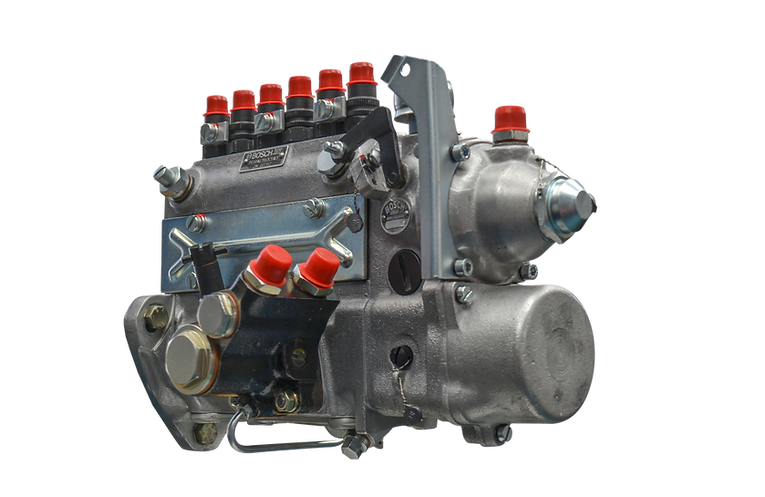
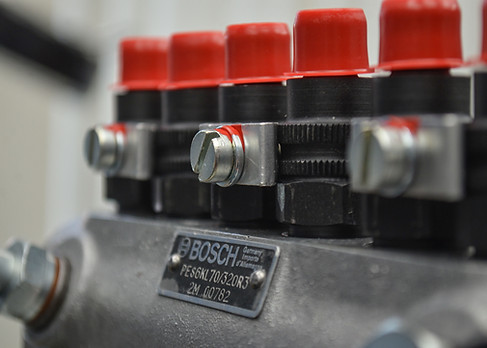
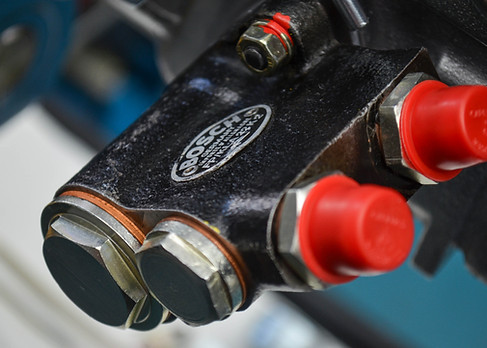
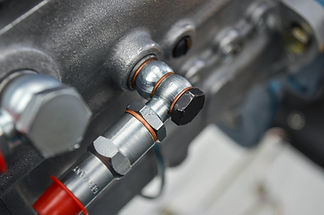

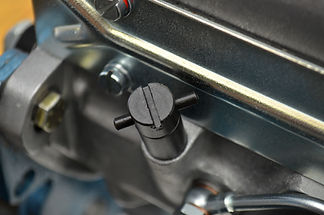
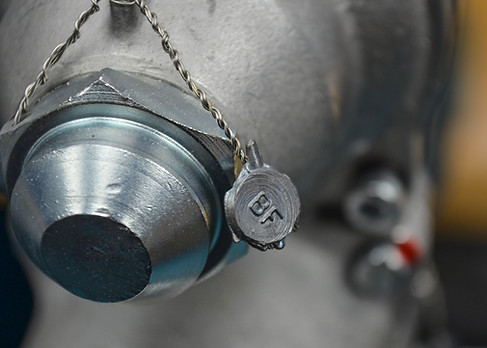
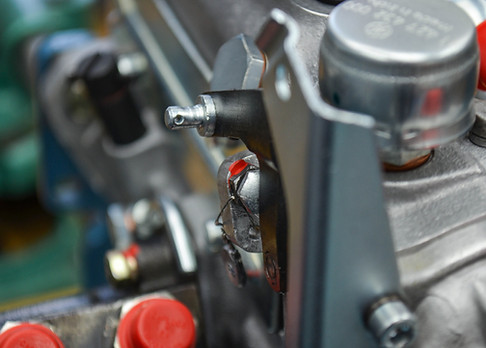
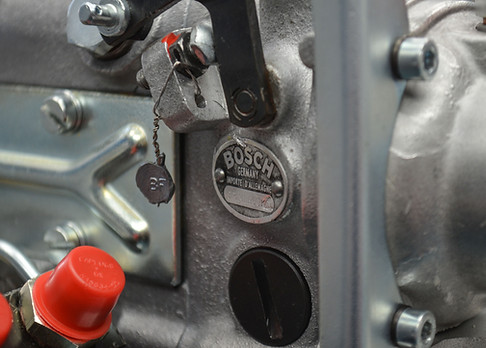




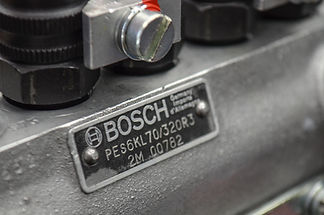
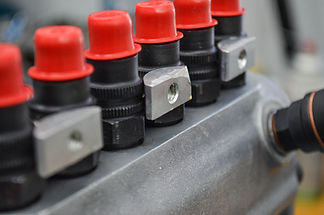
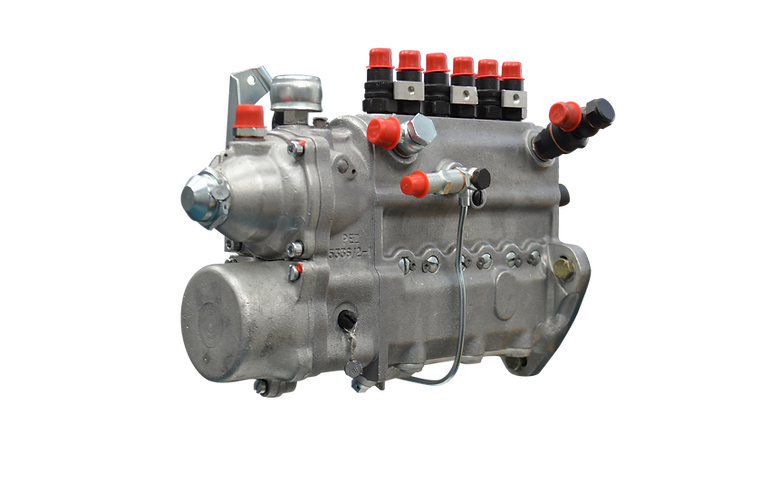

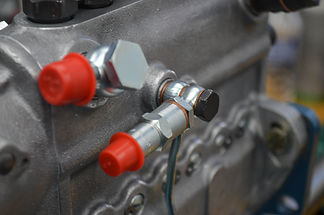
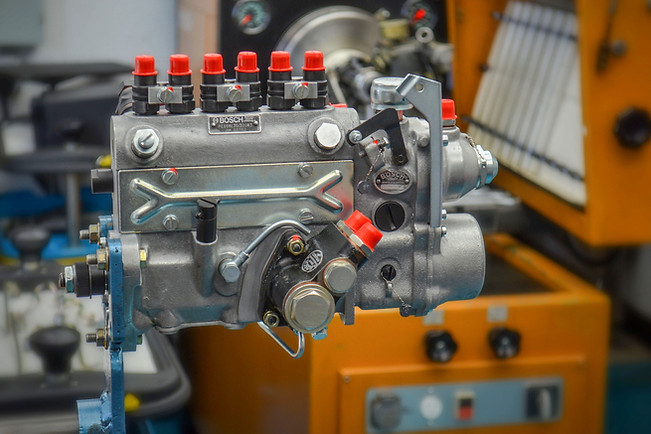

Here you can see an R3 during the reassembly process, displaying the inner workings of the pneumatic governor and camshaft. Below that you can see some comparison pictures of a purportedly restored R3, but with wear and grime that indicates a lack of disassembly, calling into question the quality and effectiveness of the previous restoration.
It's not just a "looks" thing either. Old gaskets and seals will result in leaks and suboptimal performance. Even worse, grit and grime can loosen and get injected directly into the engine, potentially causing damage or catastrophic issues.
Simply put: If you're not getting a fully restored fuel injection pump you're wasting time, money and opening a door to future issues.






300SL Pumps
Bosch PES6KL70/320 R8
PRODUCED FROM 1958-1963
MODEL: W198 300SL "GULLWING"
The PES6KL70/320R8 is an example of a pneumatic governor pump and was produced for use in the famed W198 300SL Gullwings from 1958-1963.
Though similar to the previously seen R3, some differences include plunger guide screws returning to the front of the pump housing (seen above the viewing port) and the removal of inlets and outlets on the upper right and left of the front of the body.
This pump recently went through a deep clean in the ultrasound bath, media blasting, and hand polishing. The interior parts are due for the same process after which the pump will be reassembled and move on to the testing and calibration process.






